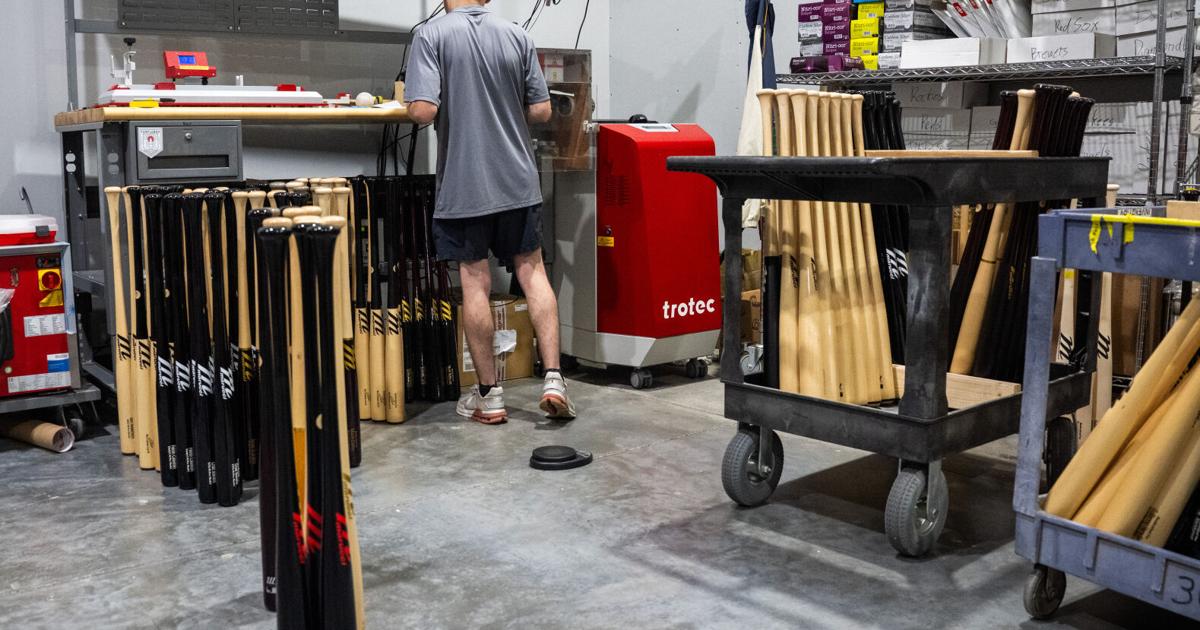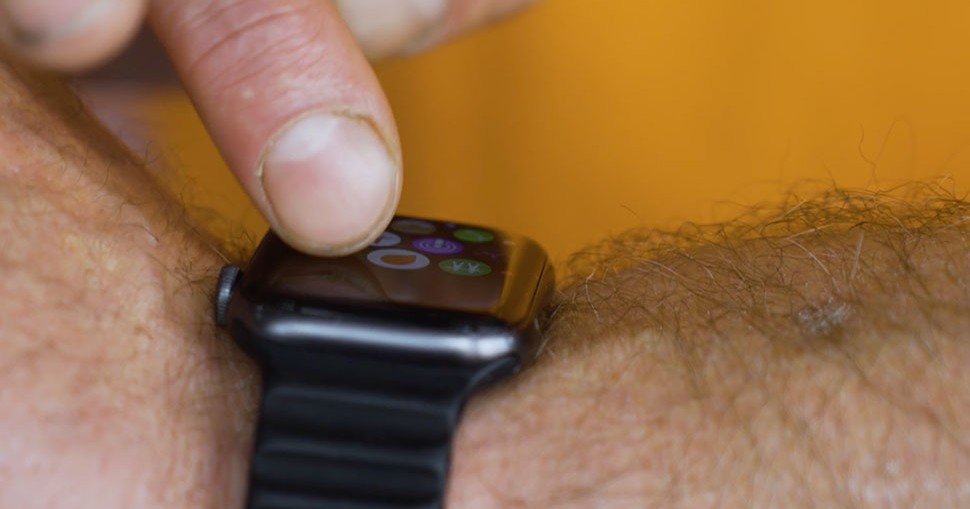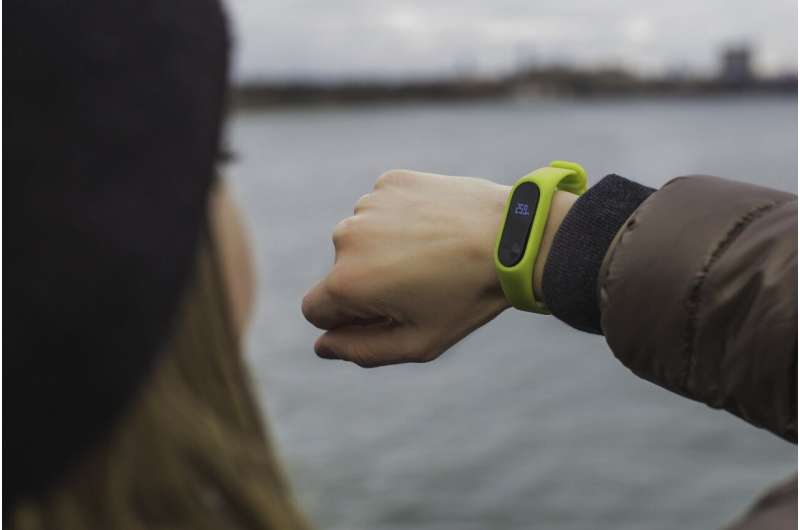
Mobile Gaming Controller Market
According to Market Research Intellect, the global Mobile Gaming Controller market under the Internet, Communication and Technology category is expected to register notable growth from 2025 to 2032. Key drivers such as advancing technologies, changing consumer behavior, and evolving market dynamics are poised to shape the trajectory of this market throughout the forecast period.
The mobile gaming controller market is experiencing significant growth due to the rising popularity of mobile gaming and advancements in smartphone technology. As mobile games become more graphically intensive and competitive, players increasingly seek enhanced control and precision-something touchscreens often lack. This demand is driving the adoption of dedicated gaming controllers. Additionally, the growth of cloud gaming and mobile eSports is expanding the potential user base, further accelerating market expansion. Manufacturers are also innovating with ergonomic designs, wireless connectivity, and cross-platform compatibility, making controllers more appealing to both casual and serious gamers. The proliferation of affordable smartphones and expanding internet access in emerging markets are further contributing to the market’s steady upward trajectory.
Several key factors are driving the growth of the mobile gaming controller market. Firstly, the explosion of mobile gaming content, including high-performance multiplayer games and real-time strategy genres, is prompting users to seek improved gameplay experiences. Mobile controllers provide a console-like feel, enhancing responsiveness and gameplay accuracy. Secondly, the integration of cloud gaming platforms like Xbox Cloud Gaming and NVIDIA GeForce NOW with mobile devices is creating new opportunities for controller-based gaming. These platforms support a wide array of controller-compatible titles, encouraging user adoption. Moreover, the increasing penetration of smartphones with high refresh rates and advanced GPUs has made mobile devices suitable for high-end gaming, boosting the need for complementary accessories like controllers. Finally, the growth of mobile eSports, livestreaming, and gaming influencers is also inspiring more players to invest in professional-grade gaming gear, including controllers, thereby fueling market demand across both developed and emerging economies.
Download Sample Report Now (Complete TOC | Figures & Tables | Key Market Trends) @ https://www.marketresearchintellect.com/download-sample/?rid=1063949&utm_source=OpenPr&utm_medium=838
Global Mobile Gaming Controller Market Driver – Rising Technological Advancements and Innovation
The global Mobile Gaming Controller market is being significantly propelled by rapid technological advancements and continuous innovation across product lines. As industries increasingly demand higher efficiency, better performance, and more environmentally sustainable solutions, manufacturers are investing heavily in R&D. These innovations lead to enhanced functionalities, cost efficiencies, and better integration with smart systems or digital platforms. For instance, the integration of IoT, AI, or automation capabilities in Mobile Gaming Controller systems enhances their appeal across sectors such as healthcare, automotive, and energy. Furthermore, companies that offer customizable and scalable solutions are gaining a competitive edge, as they cater to niche requirements while ensuring operational efficiency. This technological momentum not only fuels product adoption in established economies but also accelerates penetration into emerging markets where infrastructure and industrial needs are evolving rapidly. Consequently, technological progress remains a critical pillar supporting market expansion globally.
Global Mobile Gaming Controller Market Restraint – High Initial Investment and Operational Costs
One of the primary constraints impacting the growth of the global Mobile Gaming Controller market is the high upfront capital required for deployment, installation, and maintenance. For many small and medium enterprises, the cost barrier significantly limits access to advanced Mobile Gaming Controller solutions. Additionally, operational costs-especially in cases where energy consumption, skilled labor, or regular maintenance is involved-can further burden organizations seeking to upgrade or modernize their systems. This issue is more pronounced in developing regions, where budget allocations for technological upgrades are limited. Even when long-term benefits such as efficiency gains and regulatory compliance are evident, the steep initial expenditure can delay investment decisions. Moreover, fluctuations in raw material prices and logistical costs add another layer of financial pressure, especially in the post-pandemic economic recovery phase. These financial constraints collectively dampen adoption rates and restrict the scalability of the Mobile Gaming Controller market in cost-sensitive segments.
Global Mobile Gaming Controller Market Opportunity – Expansion in Emerging Economies
Emerging economies present a significant growth opportunity for the global Mobile Gaming Controller market due to rising industrialization, urbanization, and increasing government support for modernization initiatives. Countries across Asia-Pacific, Latin America, the Middle East, and Africa are witnessing infrastructure development and a growing focus on energy efficiency, healthcare improvements, and technological adoption. These factors create a conducive environment for Mobile Gaming Controller solution providers to expand their market reach. Moreover, the increasing availability of affordable financing options, growing public-private partnerships, and awareness campaigns are driving adoption across sectors such as healthcare, manufacturing, automotive, and utilities. As these regions continue to build capacity and improve digital connectivity, the demand for reliable, scalable, and sustainable Mobile Gaming Controller systems is likely to surge. Companies that localize their offerings and create region-specific strategies-such as cost-effective product variants or training and support-can tap into these fast-growing markets and build a strong competitive presence.
Global Mobile Gaming Controller Market Trend – Integration of Sustainability and Green Technologies
A prominent trend shaping the global Mobile Gaming Controller market is the increasing emphasis on sustainability and the integration of green technologies. Governments and industries alike are setting aggressive targets for carbon neutrality and environmental responsibility, prompting manufacturers to align their products and operations with eco-friendly standards. This includes the use of recyclable materials, energy-efficient components, and low-emission manufacturing processes in Mobile Gaming Controller production. Furthermore, end-users are showing a clear preference for solutions that contribute to environmental goals without compromising on performance. Certifications and compliance with international sustainability standards also enhance marketability and foster customer trust. In sectors such as construction, energy, and transportation, the incorporation of green design principles in Mobile Gaming Controller products can even offer tax benefits or subsidies. As environmental consciousness continues to grow among stakeholders, this trend is expected to drive innovation and create a competitive edge for companies investing in sustainable development within the Mobile Gaming Controller market.
Get a Discount on the Purchase of This Report @ https://www.marketresearchintellect.com/ask-for-discount/?rid=1063949&utm_source=OpenPr&utm_medium=838
The Following Key Segments Are Covered in Our Report
Global Mobile Gaming Controller Market by Type
Smartphone Bracket Mounted
Smartphone Clip Mounted
Global Mobile Gaming Controller Market by Application
Android
IOS
Major Companies Operating in the Mobile Gaming Controller Market
Flydigi, Betop, Gamevice, GameSir, Beboncool, SteelSeries, Saitake, Amkette, IPEGA, MOGA, ROTOR RIOT, Satechi, Razer
Geographic Insights: Mobile Gaming Controller Market by Region
The Mobile Gaming Controller market exhibits significant regional variations, driven by economic conditions, technological advancements, and industry-specific demand. North America remains a dominant force, supported by strong investments in research and development, a well-established industrial base, and increasing adoption of advanced solutions. The presence of key market players further enhances regional growth.Europe follows closely, benefiting from stringent regulations, sustainability initiatives, and a focus on innovation. Countries such as Germany, France, and the UK are major contributors due to their robust industrial frameworks and technological expertise.Asia-Pacific is witnessing the fastest growth, fueled by rapid industrialization, urbanization, and increasing consumer demand. China, Japan, and India play a crucial role in market expansion, with government initiatives and foreign investments accelerating development.Latin America and the Middle East and Africa are emerging markets with growing potential, driven by infrastructure development and expanding industrial sectors. However, challenges such as economic instability and regulatory barriers may impact growth trajectories.
Key Questions Answered in the Mobile Gaming Controller Market Report (2025-2032)
1. What is the projected growth rate of the Mobile Gaming Controller market from 2025 to 2032?
The Mobile Gaming Controller market is expected to experience steady growth from 2025 to 2032, driven by technological advancements, increasing consumer demand, and expanding industry applications. The market is projected to witness a robust compound annual growth rate (CAGR), supported by rising investments in research and development. Additionally, factors such as digital transformation, automation, and regulatory support will further boost market expansion across various regions.
2. What are the key drivers fueling the growth of the Mobile Gaming Controller market?
Several factors are contributing to the growth of the Mobile Gaming Controller market. The increasing adoption of advanced technologies, a rise in industry-specific applications, and growing consumer awareness are some of the primary drivers. Additionally, government initiatives and favorable regulations are encouraging market expansion. Sustainability trends, digitalization, and the integration of artificial intelligence (AI) and Internet of Things (IoT) solutions are also playing a vital role in accelerating market development.
3. Which region is expected to dominate the Mobile Gaming Controller market by 2032?
The Mobile Gaming Controller market is witnessing regional variations in growth, with North America and Asia-Pacific emerging as dominant regions. North America benefits from a well-established industrial infrastructure, extensive research and development activities, and the presence of leading market players. Meanwhile, Asia-Pacific, particularly China, Japan, and India, is experiencing rapid industrialization and urbanization, driving increased adoption of Mobile Gaming Controller solutions. Europe also holds a significant market share, particularly in sectors focused on sustainability and regulatory compliance. Emerging markets in Latin America and the Middle East & Africa are showing potential but may face challenges such as economic instability and regulatory constraints.
4. What challenges are currently impacting the Mobile Gaming Controller market?
Despite promising growth, the Mobile Gaming Controller market faces several challenges. High initial investments, regulatory hurdles, and supply chain disruptions are some of the primary obstacles. Additionally, market saturation in certain regions and intense competition among key players may lead to pricing pressures. Companies must focus on innovation, cost efficiency, and strategic partnerships to navigate these challenges successfully. Geopolitical factors, economic fluctuations, and trade restrictions can also impact market stability and growth prospects.
5. Who are the key players in the Mobile Gaming Controller market?
The Mobile Gaming Controller market is highly competitive, with several leading global and regional players striving for market dominance. Major companies are investing in research and development to introduce innovative solutions and expand their market presence. Key players are also engaging in mergers, acquisitions, and strategic collaborations to strengthen their positions. Emerging startups are bringing disruptive innovations, further intensifying market competition. Companies that prioritize sustainability, digital transformation, and customer-centric solutions are expected to gain a competitive edge in the industry.
6. How is technology shaping the future of the Mobile Gaming Controller market?
Technology plays a pivotal role in the evolution of the Mobile Gaming Controller market. The adoption of artificial intelligence (AI), big data analytics, automation, and IoT is transforming industry operations, improving efficiency, and enhancing product offerings. Digitalization is streamlining supply chains, optimizing resource utilization, and enabling predictive maintenance strategies. Companies investing in cutting-edge technologies are likely to gain a competitive advantage, improve customer experience, and drive market expansion.
7. What impact does sustainability have on the Mobile Gaming Controller market?
Sustainability is becoming a key focus area for companies operating in the Mobile Gaming Controller market. With increasing environmental concerns and stringent regulatory policies, businesses are prioritizing eco-friendly solutions, energy efficiency, and sustainable manufacturing processes. The shift toward circular economy models, renewable energy sources, and waste reduction strategies is influencing market trends. Companies that adopt sustainable practices are likely to enhance their brand reputation, attract environmentally conscious consumers, and comply with global regulatory standards.
8. What are the emerging trends in the Mobile Gaming Controller market from 2025 to 2032?
Several emerging trends are expected to shape the Mobile Gaming Controller market during the forecast period. The rise of personalization, customization, and user-centric innovations is driving product development. Additionally, advancements in 5G technology, cloud computing, and blockchain are influencing market dynamics. The growing emphasis on remote operations, automation, and smart solutions is reshaping industry landscapes. Furthermore, increased investments in biotechnology, nanotechnology, and advanced materials are opening new opportunities for market growth.
9. How will economic conditions affect the Mobile Gaming Controller market?
Economic fluctuations, inflation rates, and geopolitical tensions can impact the Mobile Gaming Controller market’s growth trajectory. The availability of raw materials, supply chain stability, and changes in consumer spending patterns may influence market demand. However, industries that prioritize innovation, agility, and strategic planning are better positioned to withstand economic uncertainties. Diversification of revenue streams, expansion into emerging markets, and adaptation to changing economic conditions will be key strategies for market sustainability.
10. Why should businesses invest in the Mobile Gaming Controller market from 2025 to 2032?
Investing in the Mobile Gaming Controller market presents numerous opportunities for businesses. The industry is poised for substantial growth, with advancements in technology, evolving consumer preferences, and increasing regulatory support driving demand. Companies that embrace innovation, digital transformation, and sustainability can gain a competitive advantage. Additionally, expanding into emerging markets, forming strategic alliances, and focusing on customer-centric solutions will be crucial for long-term success. As the market evolves, businesses that stay ahead of industry trends and invest in R&D will benefit from sustained growth and profitability.
For Additional Information or Inquiries, Visit @ https://www.marketresearchintellect.com/product/mobile-gaming-controller-market/?utm_source=OpenPR&utm_medium=838
Market Research Intellect: Company Overview
Market Research Intellect is a leading Global Research and Consulting firm servicing over 5000+ global clients. We provide advanced analytical research solutions while offering information-enriched research studies. We also offer insights into strategic and growth analyses and data necessary to achieve corporate goals and critical revenue decisions.
Our 250 Analysts and SMEs offer a high level of expertise in data collection and governance using industrial techniques to collect and analyze data on more than 25,000 high-impact and niche markets. Our analysts are trained to combine modern data collection techniques, superior research methodology, expertise, and years of collective experience to produce informative and accurate research.
Our research spans a multitude of industries including Energy, Technology, Manufacturing and Construction, Chemicals and Materials, Food and Beverages, etc.
For Inquiries, Contact Us at:
Mr. Edwyne Fernandes
Market Research Intellect
APAC: +61 485 860 968
EU: +44 788 886 6344
US: +1 743 222 5439
This release was published on openPR.
![]() View original content:https://www.prnewswire.com/news-releases/sportsvisio-secures-3-2m-additional-funding-to-scale-ai-sports-solution-302484766.html
View original content:https://www.prnewswire.com/news-releases/sportsvisio-secures-3-2m-additional-funding-to-scale-ai-sports-solution-302484766.html





























 T.J. McConnell talks about his support for his sister, Megan!
T.J. McConnell talks about his support for his sister, Megan!





































